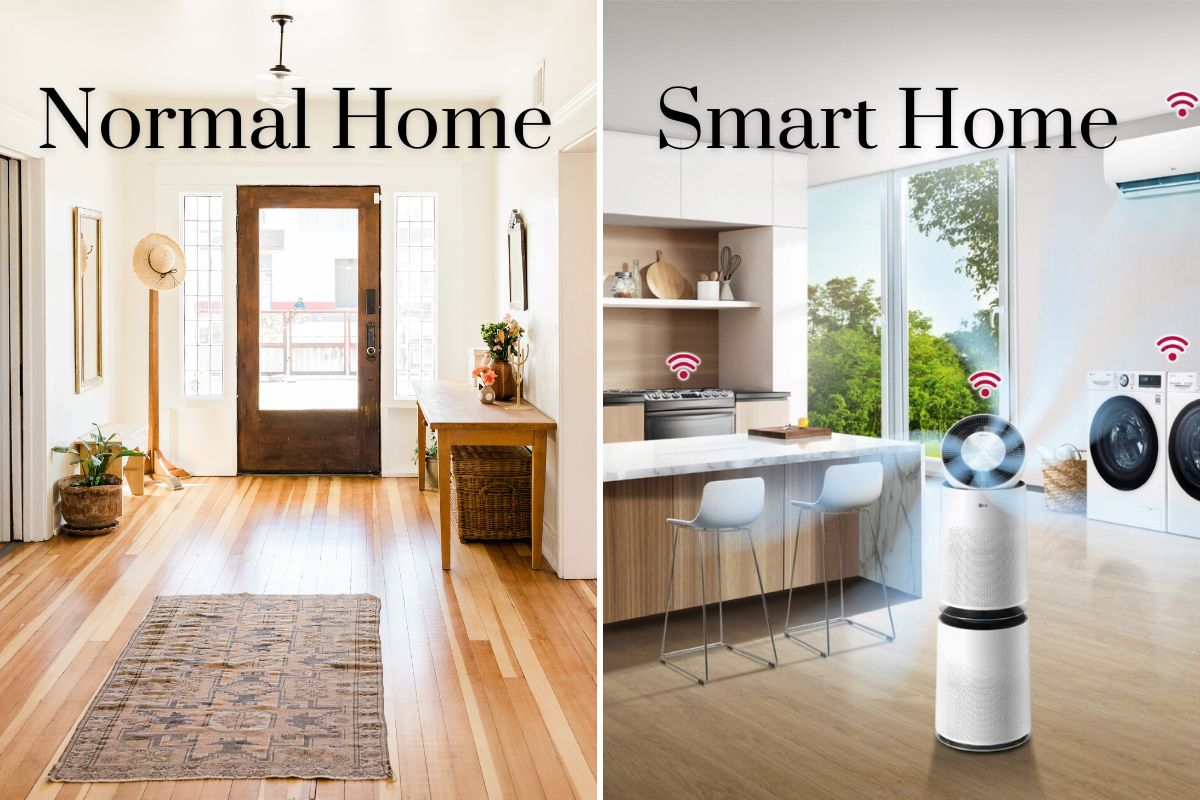In the realm of photography, capturing stunning images at night can be both a challenge and an art form. Whether you're an amateur photographer looking to document your nighttime adventures or a professional seeking to expand your portfolio, selecting the right night time camera is crucial. This article delves into the essential features, types, and considerations to help you find the perfect camera for low-light conditions.
Understanding Low-Light Photography
Before diving into the specifics of night time cameras, it’s important to understand what low-light photography entails. Low-light conditions typically refer to environments where natural light is scarce, such as during twilight, at night, or in dimly lit indoor spaces. The primary challenge in these situations is to capture images that are not only clear but also rich in detail and color.
Key Features of a Good Night Time Camera
- Sensor Size and Type:
The sensor is the heart of any camera, and its size significantly affects low-light performance. Larger sensors, such as full-frame sensors, can capture more light, resulting in better image quality in dark conditions. Additionally, CMOS sensors are generally preferred for their ability to handle noise better than CCD sensors. - Aperture:
A lens with a wide aperture (low f-stop number) allows more light to enter the camera, which is vital for night photography. Lenses with an aperture of f/1.4 to f/2.8 are ideal for capturing sharp images in low-light environments. - ISO Range:
The ISO setting determines the camera's sensitivity to light. A good night time camera should have a wide ISO range, allowing you to increase sensitivity without introducing excessive noise. Look for cameras that perform well at high ISO settings (1600 and above) while maintaining image clarity. - Image Stabilization:
Night photography often requires longer exposure times, which can lead to motion blur. Optical or in-body image stabilization helps counteract this by reducing camera shake, resulting in sharper images. - Autofocus Performance:
Autofocus systems can struggle in low-light conditions. Cameras with advanced autofocus technologies, such as phase detection or dual pixel autofocus, can significantly improve focusing accuracy in the dark. - Manual Controls:
A good night time camera should offer comprehensive manual controls, allowing photographers to adjust settings like shutter speed, aperture, and ISO. This flexibility is essential for achieving the desired exposure in challenging lighting conditions.
Types of Cameras for Night Photography
- DSLR Cameras:
DSLRs are popular among serious photographers due to their large sensors, interchangeable lenses, and robust manual controls. Models like the Canon EOS 5D Mark IV and Nikon D850 are excellent choices for night photography. - Mirrorless Cameras:
Mirrorless cameras have gained popularity for their compact size and advanced technology. They often feature larger sensors and superior autofocus systems. The Sony A7 III and Fujifilm X-T4 are notable options for low-light performance. - Point-and-Shoot Cameras:
For casual photographers, high-end point-and-shoot cameras can deliver impressive results without the bulk of a DSLR or mirrorless system. Look for models with large sensors and fast lenses, such as the Sony RX100 VII. - Smartphones:
Modern smartphones have made significant advancements in low-light photography. Devices like the iPhone 14 Pro and Google Pixel 7 utilize computational photography to enhance night shots, making them convenient options for everyday users.
Practical Tips for Night Photography
- Use a Tripod: Stability is key in low-light conditions. A sturdy tripod allows for longer exposure times without the risk of camera shake.
- Experiment with Long Exposures: Longer shutter speeds can create stunning effects, such as light trails from moving vehicles or star trails in the night sky.
- Shoot in RAW: RAW files retain more detail and dynamic range than JPEGs, providing greater flexibility in post-processing.
- Utilize Manual Focus: Autofocus can struggle in low light. Switching to manual focus can help ensure sharp images.
Conclusion
Choosing the right night time camera involves understanding the unique challenges of low-light photography and selecting a camera that meets your specific needs. Whether you opt for a DSLR, mirrorless, point-and-shoot, or even a smartphone, focusing on key features such as sensor size, aperture, ISO performance, and stabilization will enhance your nighttime photography experience. With the right equipment and techniques, you can capture breathtaking images that illuminate the beauty of the night.


